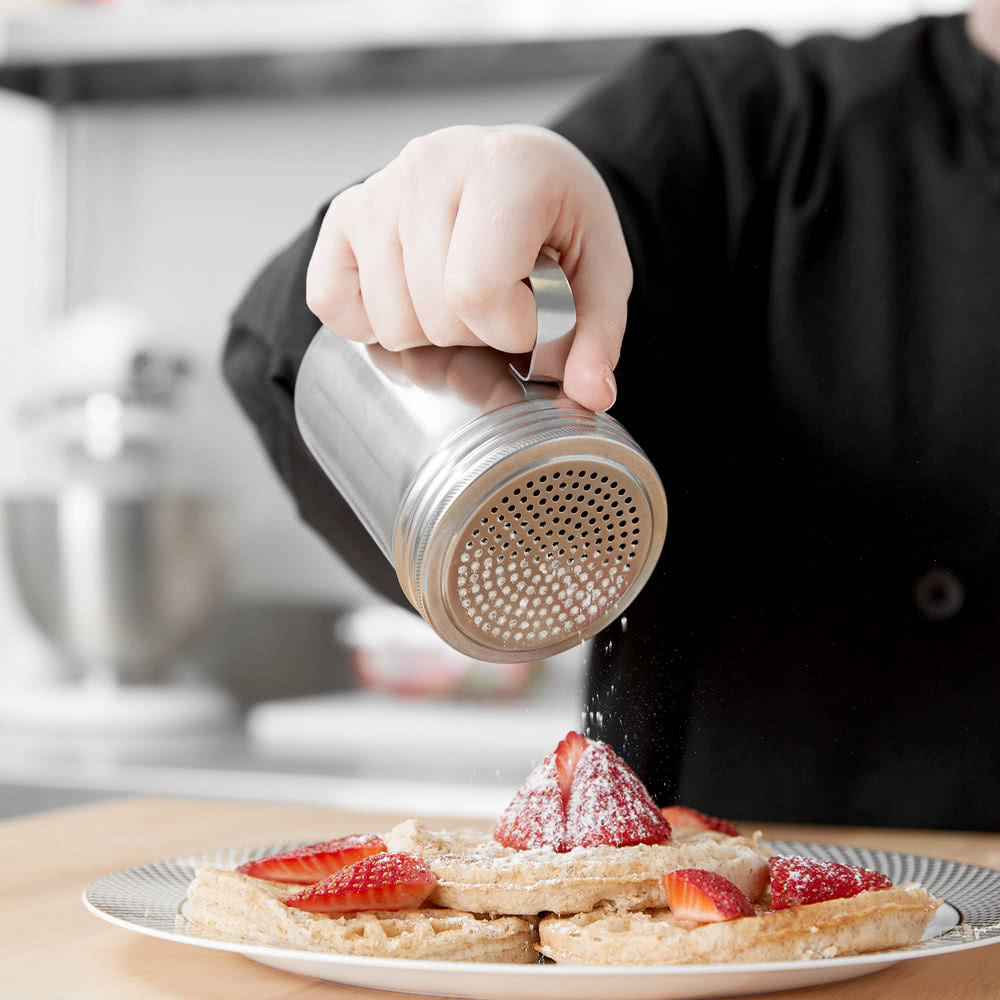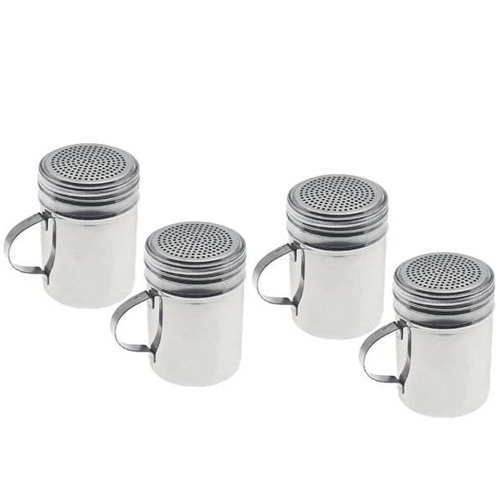

Curriculum demands including testing and evidencing work were barriers to implementation, in addition to safety concerns, resources and teacher confidence. Pupils and teachers noticed improvements in pupils’ engagement with learning, concentration and behaviour, as well as positive impacts on health and wellbeing and teachers’ job satisfaction. This study found a variety of perceived benefits for pupils and schools. Schools introduced regular outdoor learning within the curriculum. Interviews and focus groups were conducted at baseline and six months into implementation. We examine the process of implementation to offer case study evidence through 1:1 interviews with headteachers (n = 3) and teachers (n = 10) and focus groups with pupils aged 9–11 (n = 10) from three primary schools. This study aimed to explore headteachers’, teachers’ and pupils’ views and experiences of an outdoor learning programme within the key stage two curriculum (ages 9–11) in South Wales, United Kingdom. This requires evidence into its acceptability from those at the forefront of delivery.

However, its non-traditional means of achieving curricular aims are not yet recognised beyond the early years by education inspectorates. Outdoor learning is a pedagogical approach used to enrich learning, enhance school engagement and improve pupil health and wellbeing. An engaging curriculum that facilitates children in achieving their academic potential has strong implications for educational outcomes, future employment prospects, and health and wellbeing during adulthood. Wine, water, beer, fish stock, vegetable stock, fruit juice and vinegar can all be used to deglaze fond.The relationship between child health, wellbeing and education demonstrates that healthier and happier children achieve higher educational attainment. You can then use a spatula to scrape off any remaining fond.Īfter you are satisfied with the inclusion of the flavorful fond in your dish, you can turn off the heat and continue cooking normally.

Then, turn the heat all the way up and quickly add a cold liquid into the pan. Once you have ingredients cooking on the stove, ensure that bits and chunks on the bottom are not actually burnt. The ritual of deglazing is not time-consuming and can be done with different liquids. The best part of the process? Deglazing makes the cleanup a bit easier as the fond stuck to the pan is scraped up and included in the meal. It is up to you whether you want to create an added taste in your food or soup. A recipe does not necessarily have to call for the action. The deglaze procedure boosts flavor to any dish if the proper steps are followed. Adding chicken or vegetable stock to a pan of sauteed onions or mushrooms is also a form of deglazing. As bits get stuck to the side, you add water to incorporate them into the stew. In the French language, fond means “bottom.”ĭeglazing might occur when you are trying to make gravy. If everything smells favorable, those particles are not actually burnt and can still be used to cook. The chunks of food glued to the pan are called the “fond” and usually store most of the flavor for the dish. One common cooking technique you should know is deglazing.īy definition, deglaze means to pour a cold liquid into a boiling pan in order to get any brown pieces of ingredients stuck to the bottom and sides. They are used worldwide among chefs trying to create the perfect dish. Al dente? Blanch? Dredge? Julienne? What’s in a name? In fact, these terms are more than mere names. As you work toward your online culinary certificate, you might come across unfamiliar terms for cooking techniques.


 0 kommentar(er)
0 kommentar(er)
